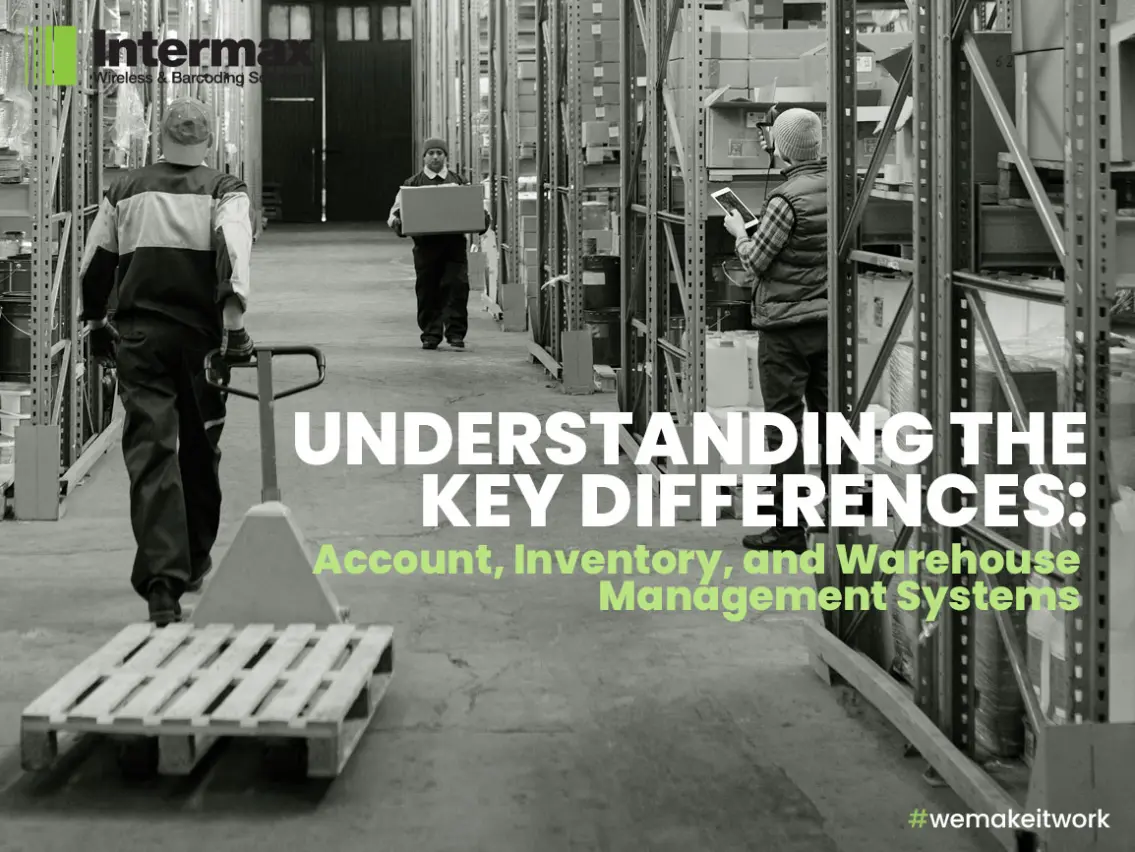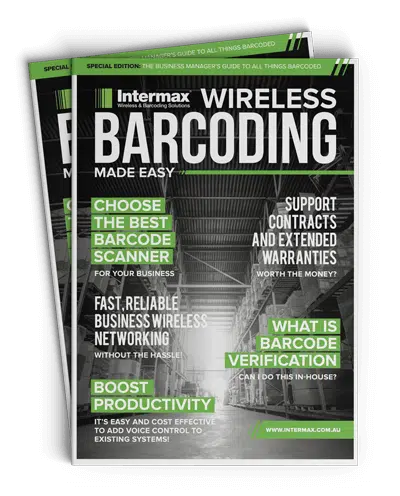
Understanding Account, Inventory, and Warehouse Management Systems
When seeking to optimize business operations, companies might initially invest in inventory management solutions as add-ons to their account systems. However, they may later realize that these solutions don’t cater to the unique requirements of a warehouse setting. In this blog post, we will delve into the differences between account systems, inventory management solutions, and wireless warehouse management systems (WMS), emphasizing the importance of choosing the right system to meet the specific needs of warehouse operations.
Inventory Management Solutions vs. Wireless Warehouse Management Systems
Inventory Management Solutions are often designed as PC-based applications that can be added onto account systems. While they might seem like a convenient choice, they usually lack features that cater to warehouse environments, such as compatibility with smaller screen devices or integrated barcode reading abilities. These limitations render them unsuitable for addressing the specialized needs of warehouse operations.
In contrast, Wireless Warehouse Management Systems (WMS) are explicitly designed for warehouse settings. Although they might not include financial management features, they can often be integrated with accounting systems like Xero and MYOB, creating a “complete system” that offers both financial management and WMS functionalities. This seamless integration allows businesses to manage their warehouse operations and finances more efficiently.
Avoiding Confusion: Inventory Management Systems vs. WMS
It is crucial to differentiate between Inventory Management Systems and WMS. Some inventory management systems offer locationing features similar to WMS but lack the ability to integrate with accounting systems. As a result, businesses may need to maintain two separate systems, leading to potential double entry and additional efforts to keep both systems synchronized.
This detail is often overlooked due to the lower cost of inventory management systems. However, investing in a wireless warehouse management system, specifically designed for warehouse environments, can offer long-term benefits and streamline operations.
Seamless Integration with Accounting Systems
When considering a WMS, it’s important to look for solutions that can integrate with your existing accounting systems. This integration can help to ensure that both inventory and financial data are synchronized, reducing the risk of discrepancies and improving overall efficiency.
In summary, it’s crucial for businesses to understand the differences between account systems, inventory management solutions, and wireless warehouse management systems. While inventory management solutions might initially seem like a cost-effective choice, they often lack the specialized features needed for effective warehouse management. By opting for a WMS that integrates with accounting systems, businesses can create a complete system that caters to their unique operational needs, streamlining both warehouse management and financial operations.



